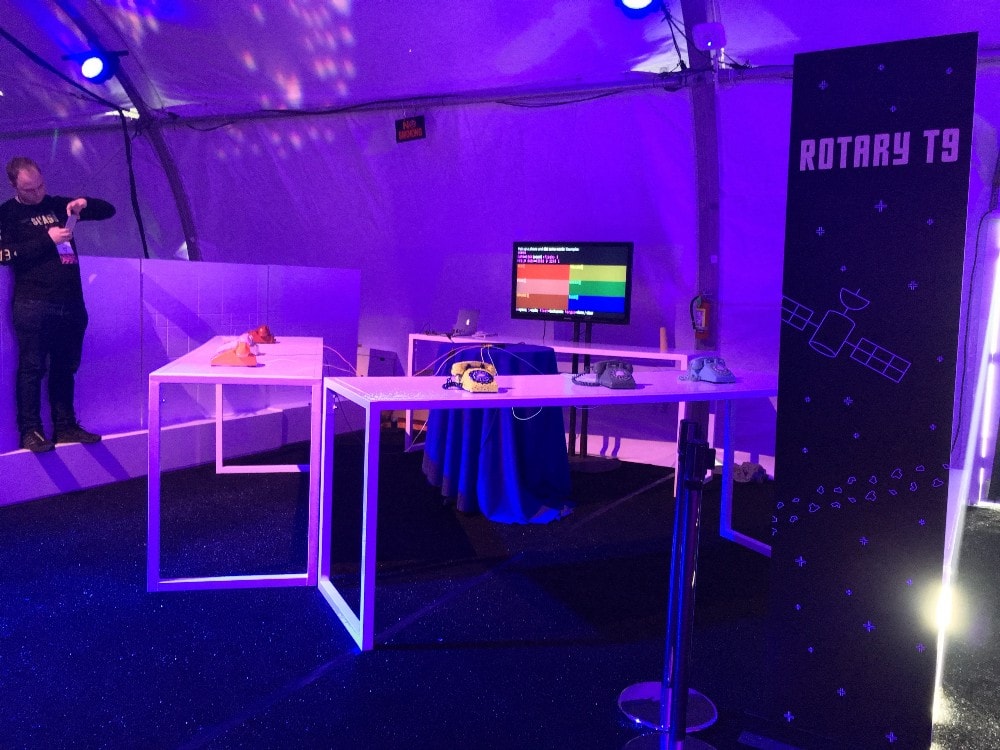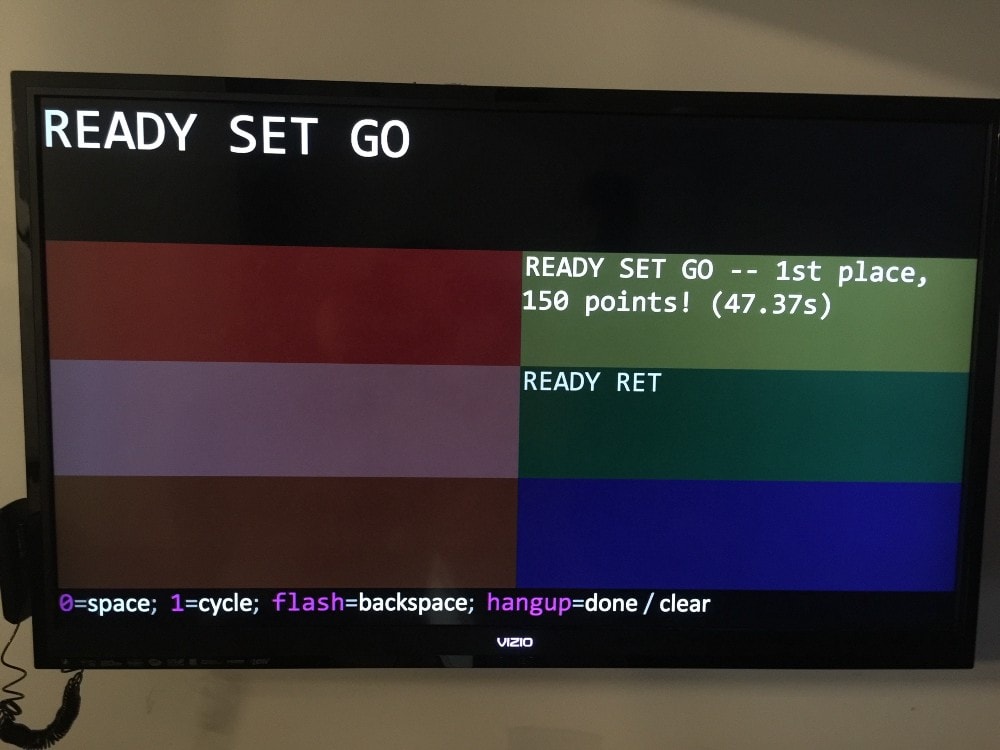Office Hack #26 — Twilio’s phone hack

Envoy is all about making things easier and more fun in the office. In that spirit, we are proud to bring you our new Envoy Office Hacks podcast series. Every week, we deliver the coolest, most ingenious, and just plain fun fixes people have invented to improve efficiency and productivity in their workplace.
Dust off your grandparents’ rotary dial phone and start texting! It’s possible with a little imagination, some coding knowledge and Twilio.
If you don’t know what Twilio is, ask your developer. They have likely heard of it. Twilio enables any developer to build applications for telecom and to innovate in the telecom space.
“Twilio makes it easy for developers to add communication such as phone calling, messaging, and video into the applications that they’re already building. The best part is they don’t have to learn new programming languages.”
- Matt Makai, Developer Evangelist at Twilio

In a way, this week’s office hack is a by-product of an initiation of new employees at Twilio. All new hires must design an app using Twilio, as part of their onboarding process. The reason?
“I think it’s great for keeping employees in touch with the customer experience. It’s all too easy at other places I’ve worked to really lose sight of what it’s like to be somebody who’s just coming to your webpage for the first time, just trying to figure things out, maybe doesn’t know the lingo. … It’s a constant reminder of what it’s like to be a new Twilio customer.” Mike Schiraldi, Engineer at Twilio
That’s Mike. And he’s the new(ish) guy at Twilio behind this week’s hack.

Mike had been messing around on his personal time, with old school phones. Taking them apart; assessing what’s possible.

When faced with his initiation challenge of designing an app using Twilio — he realized he could hack into his vintage phones and, as he says, “unite the 19th and 21st centuries”.
“It seemed kind of sad that these phones were no longer able to serve their original purpose — to actually be connected to other things and communicating. Then I realized with Twilio I can bring them back, I can give them another chance at life.” Mike Schiraldi, Twilio

At first, Mike’s phone hack involved a rotary phone, a pixel display and a drawing game using the number buttons on a phone keypad.
“For my app demo, I would pick up the [rotary] phone and dial somebody’s [from the audience] number. Their phone would ring, they pick it up, they flip over to the keypad. The digits one through nine on their keypad correspond to digits on the pixel display [across the room]. They can basically draw a picture by dialing numbers on their phone.” Mike Schiraldi, Twilio


But when Mike unveiled his hack to the Twilio team, the CEO approached him with a question. Could Mike take his idea a little further? Could he figure out a way to make a rotary phone do T9, a method of making words traditionally using a 3 x 4 numeric keypad?
“Of course, when the boss says something like that, the first thing I did when I got home was go to Google and search: “How to do T9 in a program.” It turns out it’s really simple. You need a big word list, but otherwise, it’s less than a page of code. The next morning, I had it ready to go.” Mike Schiraldi, Twilio
The thinking was: hack together a text-by-rotary-phone competitive race that could be featured at Twilio’s next conference. And so it happened.


This photo was taken at a party called Bash, that happens at the end of Twilio’s annual conference, Signal.
To hear this hack in action, listen to the Envoy Office Hacks podcast.
How the game works: several rotary-dial phones are connected to a computer, which is connected to a screen. The screen displays the output of each phone.

At the start of the game, a message is revealed at the top of the screen. This is what all competitors must ‘T9’ using the phone in front of them. The fastest T9'er wins!

The challenge with this hack, according to Mike, was finding room for modern components, namely the micro controller making the hack possible.
“With the really old phones actually the hardest part was just finding room for the Arduino because there are so many big items in there. As technology marched on and items got smaller, the phone company wasn’t going to change the size of the phone so they just got emptier and emptier. Some of these phones that we bought actually had tons of space inside.” Mike Schiraldi, Engineer at Twilio

How to hack it
If you want to create your own T9 race using rotary dial phones, here’s what you’ll need.
- Rotary dial phones (approx $60 including shipping)
- Arduino Nano ($7.50)
- USB cords ($7 — $15)
- Roll of Painters Tape ($6)
Total: approx $85
Mike says the “How To” comes down to three basic steps:
Step 1: Rip out anything you can from inside the old phones to free up space. Step 2: There are only three switches inside the phone. Locate them. One is the hook (hint: when you pick the phone off the hook that closes the switch). Another is associated with the movement of the dial. The third is associated with the dial passing a number (indicating the number being dialed). Step 3: Determine which wires correspond to each of those three switches and hook them up to the Arduino. From there, the rest of the hack should be self-explanatory.
Mike’s advice:
“Don’t be intimidated, because first of all, the entry fee is cheap, an Arduino is less than $10. The electronics you need, like resistors and things, are pennies. Not only that, but these devices are built to handle a lot of abuse. If you try to draw too much current through them, they don’t get fried the way that more delicate, traditional electronics would. They detect that and they shut off and everything’s fine. …It’ll probably tolerate a lot of rookie mistakes. Even if it doesn’t tolerate it, you’re out $10 and you buy another one.” ### Listen & Subscribe
You can listen to the full story in the Envoy Office Hacks podcast. Please subscribe to the podcast in iTunes — just click here and hit ‘subscribe’.
